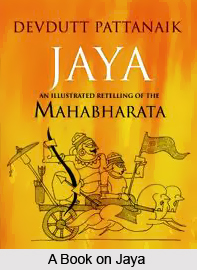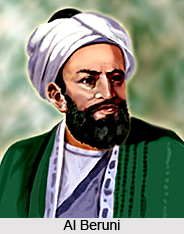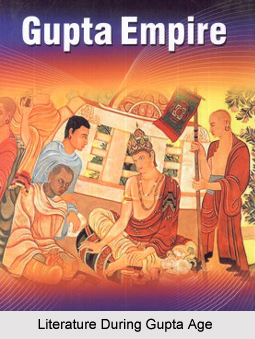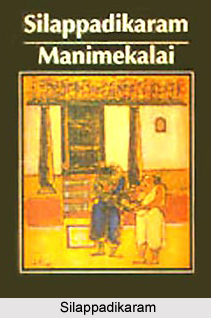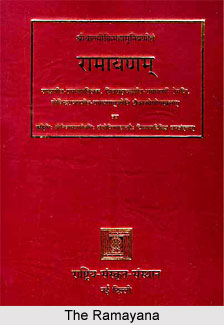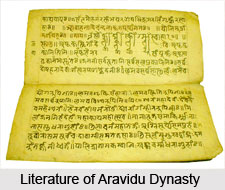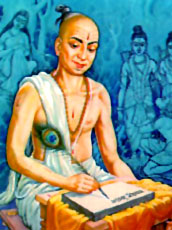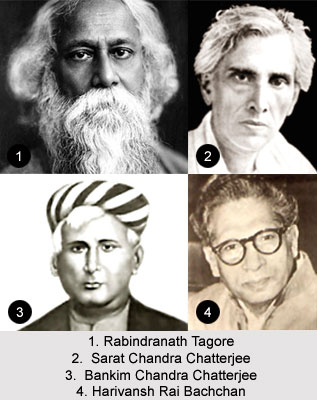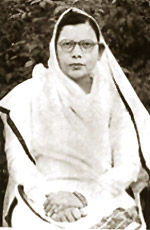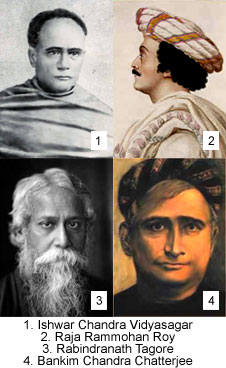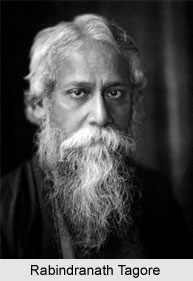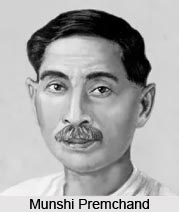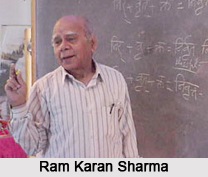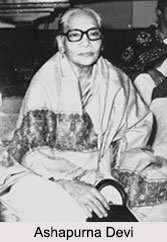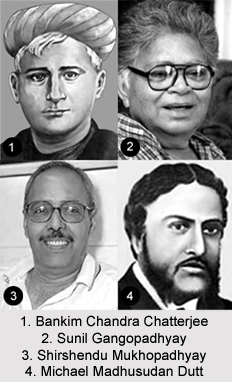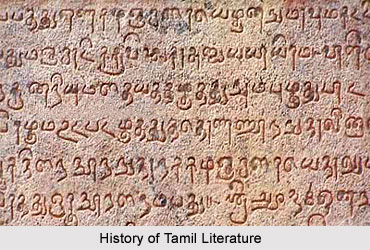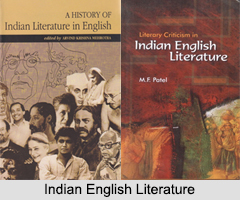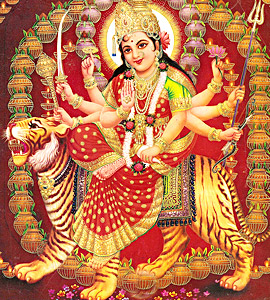 In Chapter five of Mahanirvana Tantra, Shiva continues to expound on Shakti worship, and reveals an esoteric sadhana relating to it, involving the use of hitherto unknown mantras and rituals. This is followed by a series of rituals and mantras and detailed description of the rituals involving Shakti worship. The chapter further details the Kulachara and the PanchaTattvas, both considered as the basis of Shakti worship. The chapter begins with Shiva reciting 12 mantras by which Parvati may be worshipped as Shakti, along with the use of the specific vijas (prefatory utterances) and japas to accompany the Mantra.
In Chapter five of Mahanirvana Tantra, Shiva continues to expound on Shakti worship, and reveals an esoteric sadhana relating to it, involving the use of hitherto unknown mantras and rituals. This is followed by a series of rituals and mantras and detailed description of the rituals involving Shakti worship. The chapter further details the Kulachara and the PanchaTattvas, both considered as the basis of Shakti worship. The chapter begins with Shiva reciting 12 mantras by which Parvati may be worshipped as Shakti, along with the use of the specific vijas (prefatory utterances) and japas to accompany the Mantra.
Shiva explains that there is but one Sadhana involved in the successful rendition of all these Mantras, which he expounds during his address. He then asserts that the Pancha-Tattvas are essential in the worship of Shakti Wine, meat, fish, parched grain and coitus, and without these five elements, no worship may bear fruition. Then follow rituals to be performed in the morning, along with their attendant ablutions. These rituals are also detailed with their relevant Mantra, Dhyana and actions.
Shiva then lays down specific rules by which the Shakti may be worshipped in morning, noon and evening. Shakti is honoured in each time of the day with a different aspect, Brahmi in the morning, Vaishnavi at noon, and as an aged lady long past her youth in the night, each coming with her own adornments and attire. Then follow the various rituals to diverse gods and their aspects, including performing obeisance to the Guru.
It is in the fifth address that various rituals are prescribed for the purification of the five tattvas. Almost all the Tattvas are purified by the judicious use of the Mula Mantra and the Kavacha Mantra, something that Shiva alludes to in the concluding parts of the chapter.
"I say that anything which is sanctified by the Mula-Mantra alone is acceptable for the pleasure of the Devata. If the time be short, or if the disciple be pressed for time, everything should be sanctified with the Mula-Mantra, and offered to the Devi. Truly, truly, and again truly, the ordinance of Shankara is that if the Tattvas be so offered, there is no sin or shortcoming".
Several of the rituals also involve the description of various Yantras, which are often drawn with specific implements, such as a gold needle.
The fifth address sets the context for the next, where Parvati asks Shiva to dwell more on the Pancha Tattvas, and the rituals surrounding the five elements. An exposition on that subject becomes the matter of the next chapter.
